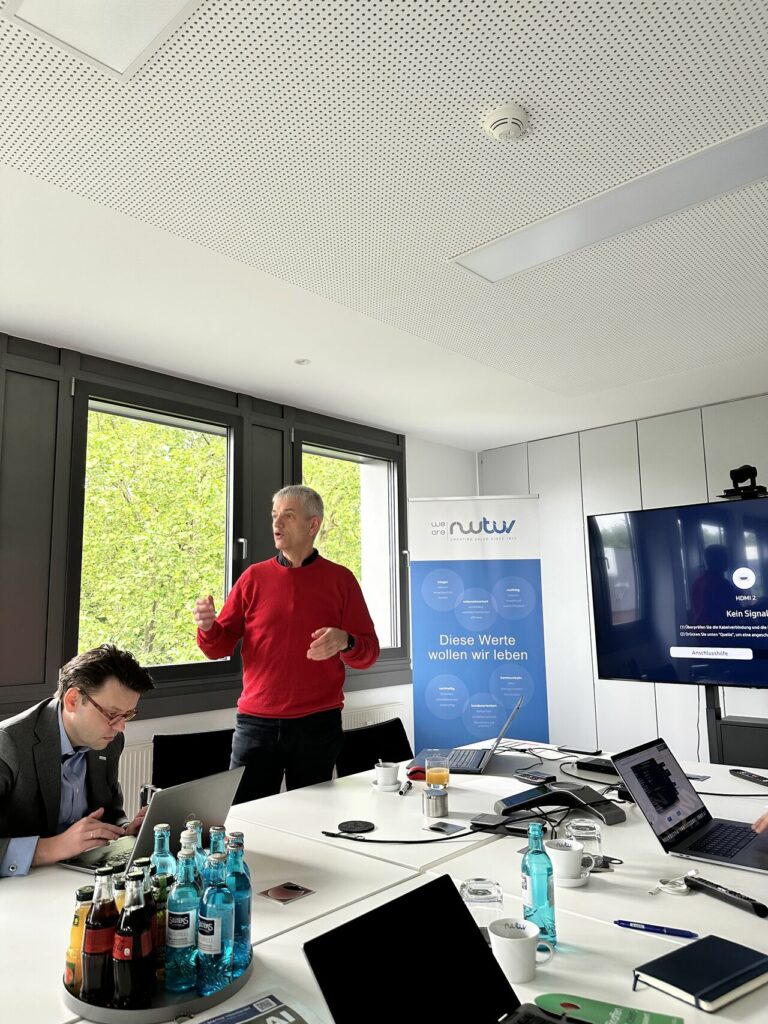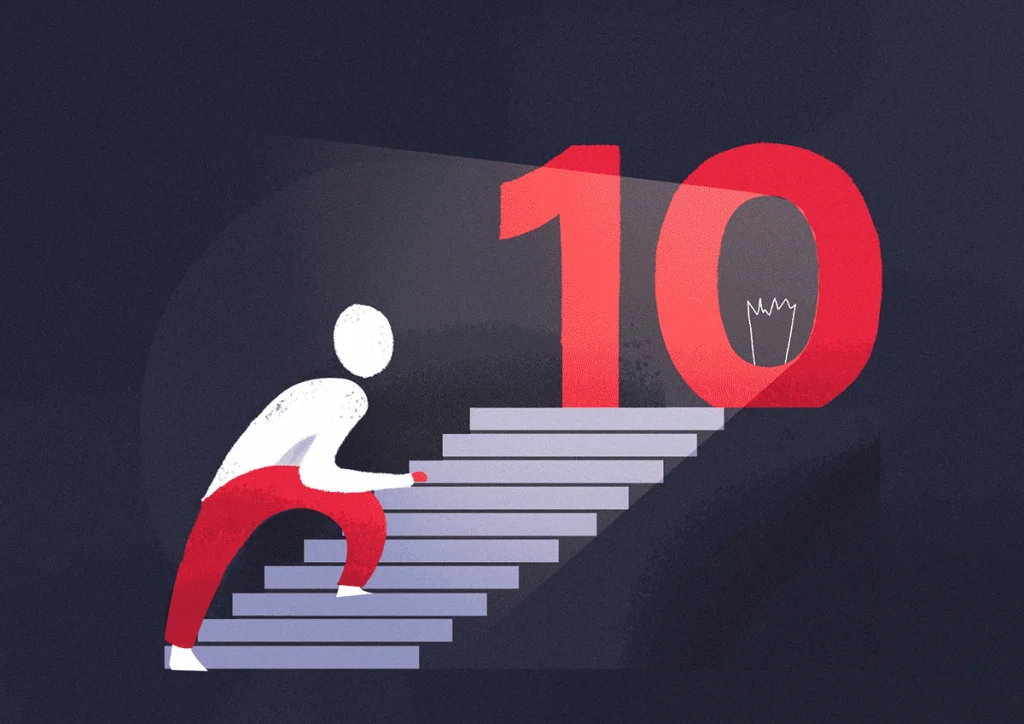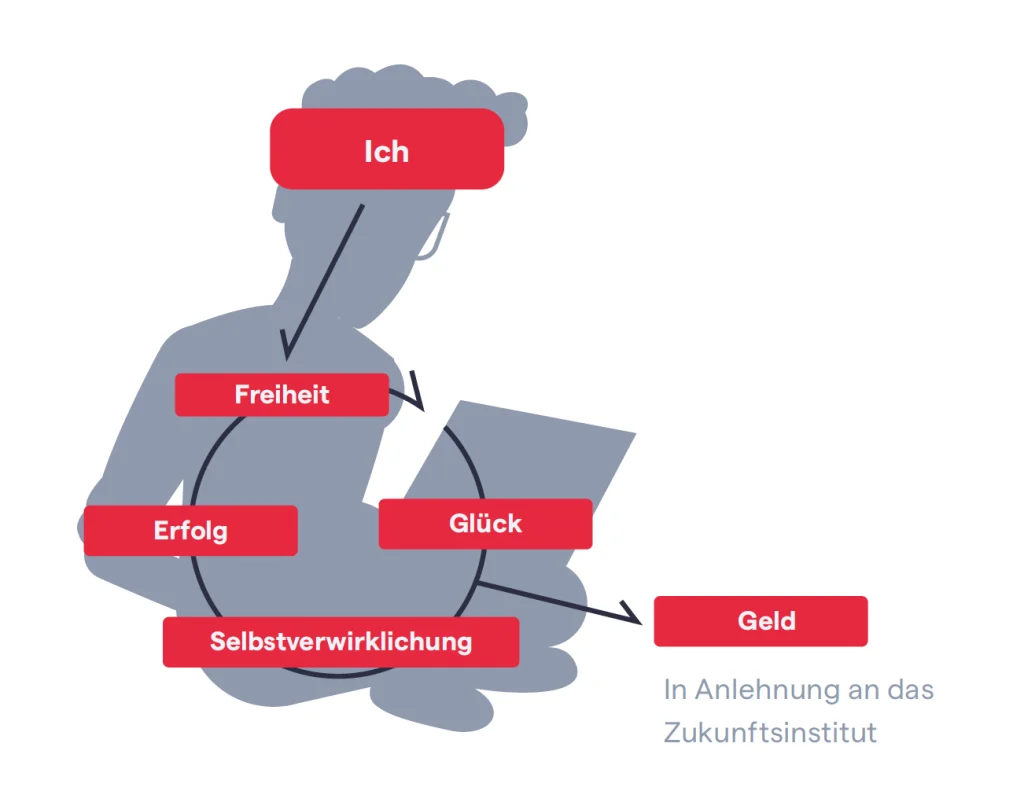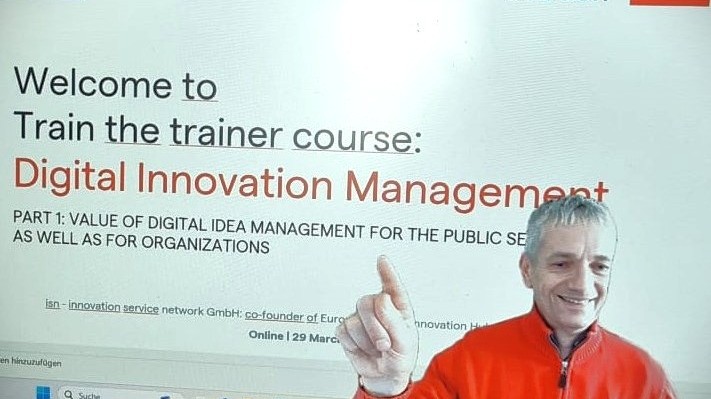

In 10 steps to an innovative company
"The possibility that dreams can come true is what makes life interesting"
Paulo Coelho
Many people no longer define themselves by big money, which of course does not mean that money is no longer important. But people have long known that money is not the top priority as long as enough of it is available. People looking for a job today are increasingly asking for flexibility, degrees of freedom and values. To this end, the pandemic has also fundamentally changed the way we work, even turning it upside down in some companies. All of a sudden, new opportunities, flexible working models arise, we think about our work, its meaningfulness and what is really important to us.
The reason for this is easy to explain in the knowledge economy: While managers used to know in depth what information and knowledge was needed for work performance, today it is almost impossible to follow these learning processes down to the last detail in order to be able to continue to "control". Managers must be able to deal with the fact that the individual employee knows more than the boss in his or her area of expertise. Leading according to agreed objectives is therefore more important than ever, and for managers today it is above all important to have empathy for their employees so that they are optimally deployed and have sufficient resources at their disposal.

But back to the beginning: The incentives that were used, especially in industry 40 or 50 years ago, were of a material nature. Anyone who had a good idea for an improvement in the company was rewarded with money or material goods. He or she had done something special in the sense of traditional company suggestion schemes. This "extrinsic motivation" for special thinking achievements is still the focus in some companies today, but it is losing importance.
In creative knowledge work, there is a need for new incentives for thinking that will carry a company into the future together with all heads. The path from employees to co-thinkers is a rocky one, but it is an important process of change in order to anchor creativity and innovation as collective values in the corporate culture. For internal innovators, the opportunity to implement one's ideas can be cited as the most important motivating factor! The feeling that my idea brings about a positive change for many people is an intrinsic motivational factor that has an extremely strong effect.
This means that internal idea initiatives that run along the lines of "let's see what happens" are very dangerous for the sustainable development of an innovation culture. Above all, committed idea contributors want to know before they start developing ideas whether their idea will have a chance to be implemented. Therefore, stable and transparent rules are needed for idea initiatives. The committed idea bringers are usually recognized by the fact that they constantly come up with new solutions and thus run up against the wall and are therefore more likely to be frustrated than motivated in conservative companies.
Not all employees have the gift of bringing ideas to fruition. Therefore, it can make sense within the innovation process to supplement the personality profiles from the creative phase with ambitious and consistent implementers. Some people need to have the idea "snatched out of their hand" so that it is not enriched even further and finally comes into implementation. This phenomenon is also a recurring problem with startups: Many founders change and expand the solution or generate new variants before they complete a hard market test with the first customers.
Companies can foster a culture of innovation by being open to new ideas and encouraging employees to think and act in new ways. This requires the freedom and resources described last in the Blog post#4 . A positive attitude towards change on the part of managers and a supportive work environment can help motivate employees to develop new ideas.
Companies can foster creative processes by involving employees in workshops, brainstorming sessions or other creativity and innovation methods. Through the digital exchange of ideas and working together in groups, new perspectives and approaches can emerge. A creative tension also arises in the networking of different departments or locations that would never meet in this way. With a digital innovation platform, ingenious networks can be built here in the sense of a "collective brain" of the company.
A positive corporate culture encourages employees above all intrinsically. Most of the time, the best ideas don't come from top management, but from creative minds within the company. Employees who would not have been expected to do so, or at least did not know that they already had valuable ideas "lying around in a drawer". Making these people visible and putting them in the spotlight can be extremely motivating for them and many others. A form of reward can also be an internal job change or the opening of a career path that was not intended for this person.
Companies can motivate employees by providing them with the resources they need to implement innovative ideas. This can include providing funding, technical resources or specialized personnel. The internal incubation center can be the breeding ground for a new company (spin-off), where ultimately employees and the company share in the success. In this way, employees are bound to the company and, conversely, they do not have the feeling of having to run away in order to finally be able to implement their idea (with higher risk).
How many ideas for future projects are generated in your company per year? How many of these ideas (%) are implemented and generate additional sales? Is the topic of idea generation and creativity already included in the target agreements? What was your best idea so far?
As always, I look forward to feedback and wish you a relaxing and creative Sunday!
Reinhard Willfort, Innovation Doctor, www.willfort.at





